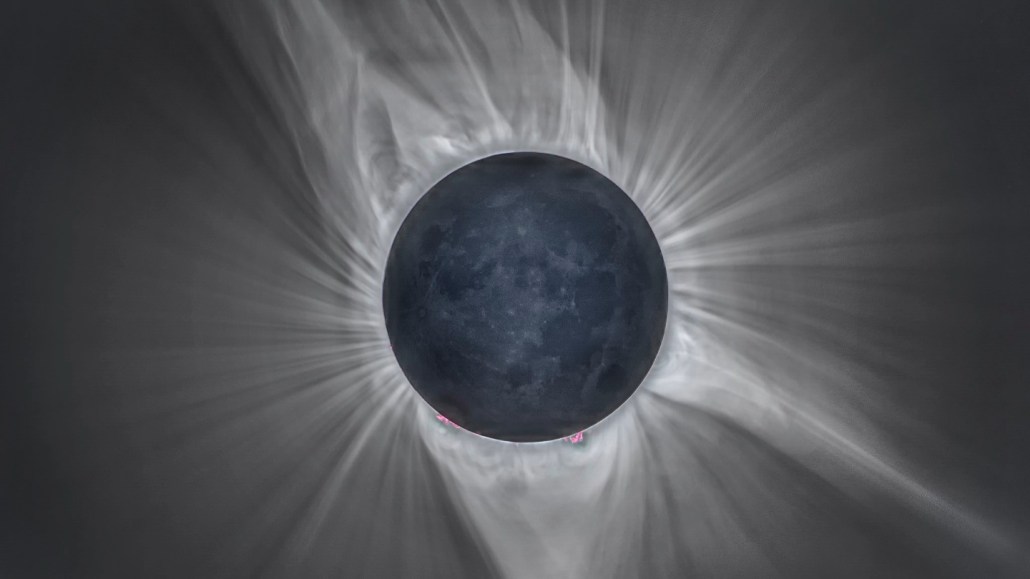
The ethereal solar corona frames an eclipsed sun and a moon dimly lit by earthshine in this composite photo from the August 2017 total eclipse.
Michael S. Adler/Wikimedia Commons (CC BY-SA 4.0 Deed)

The ethereal solar corona frames an eclipsed sun and a moon dimly lit by earthshine in this composite photo from the August 2017 total eclipse.
Michael S. Adler/Wikimedia Commons (CC BY-SA 4.0 Deed)